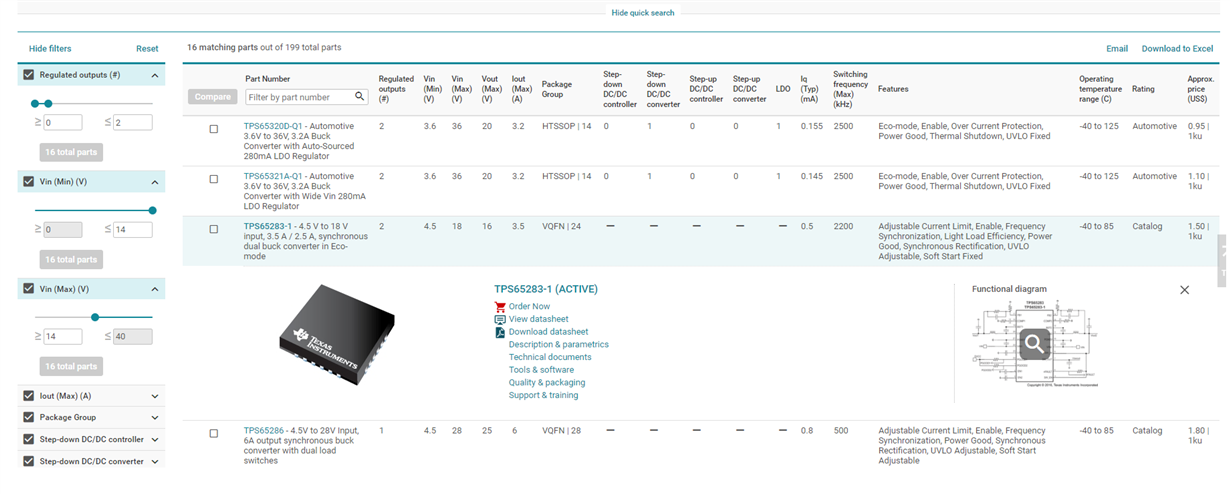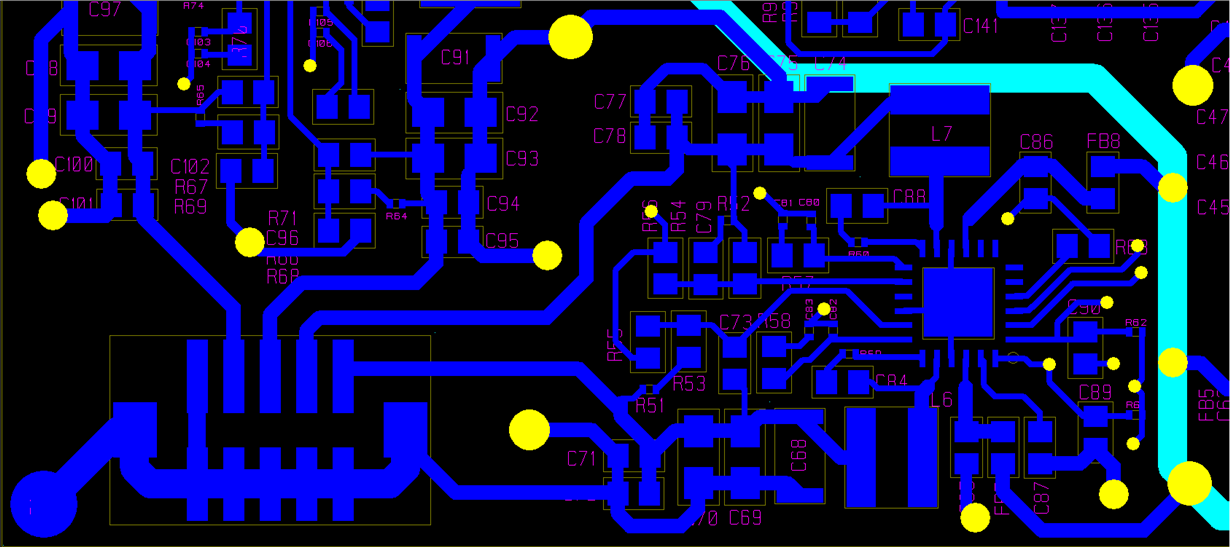Hi,
In our application, TPS65283 was used for our stepping down voltage levels from 14V to 5V and 14V to 12V.
14V to 5V circuit functions properly and no issues with it.
Whereas the 14V to 12V circuit has the below-mentioned problem.
The image attached with this query captures the circuit implementation for 14V to 12V
1. The output of the 14 to 12V DC-DC converter oscillates from 5V to 10.5V constantly.
We are not able to see constant output like 5V.
2. When one the Buck channel in the converter oscillates the other Buck does not even turn on even after its enabled.
3. While trying to enable converter it gets heated up after some time.
Later we found that the operating range of the DC-DC is from 0.6 to 9V (voltage output) and LX and LX2 output is 20V Max.
When datasheet shows the above-mentioned details the quick search page of the TI website shows the operating output voltage of this part no is 16V.
We find dissimilarity in the details of the PMIC between quick search page and datasheet.
Could you please help with this.
Thanks and warm regards,
Sakthivishnu14V to 12V.pdf


